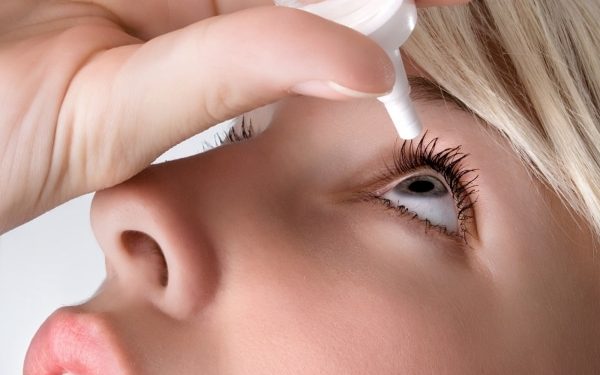Do you suffer from dry eyes? Dry eyes are a common and irritating problem that can leave your eyes feeling itchy, uncomfortable, or even painful. Thankfully there are several remedies available to give your eyes soothing relief. This article will explore how eye drops relieve dryness and irritation and offer tips on choosing the right type for your needs. Are you looking for a reliable source of eye drops for dry eyes? Dry Eye Directory has prescription eye drops for dry eyes. With the right treatment plan, you can keep your eyes feeling comfortable all day long. So, let’s get started.
What Are Eye Drops?
Eye drops are treatments applied directly to the eyes to relieve dryness, irritation, and other symptoms of ocular conditions. Thus, different eye drops are designed to address different eye complaints.
Let’s look at the available types of eye drops to help you understand how they can help your dry eyes.
Types Of Eye Drops
There are three primary types of eye drops, each with different benefits:
-Artificial tear eye drops
-Allergy eye drops
-Anti-redness drops
To get a better perception of how these eye drops work, let’s look at each type in detail:
Artificial Tear Eye Drops
Artificial tear eye drops mimic the natural lubrication of your tears and help to keep your eyes moist, comfortable, and healthy.
Are you curious about the ingredients used in these eye drops? If yes, here’s an overview:
Preservatives – Preservatives are added to artificial tear eye drops to prevent the growth of bacteria and fungi.
Lubricants – Artificial tears often contain lubricants to help your eyes maintain a moist surface. These lubricants include hyaluronic acid, glycerin, or polyethylene glycol.
Electrolytes – Sodium and potassium are electrolytes that are important in healing your eye’s surface.
Guar gum – Guar gum is a complex sugar in your tear drops to keep them from drying up.
Allergy Eye Drops
Do you suffer from allergies? Allergy eye drops are designed to relieve symptoms of allergies such as itchy, red eyes. Common triggers for these allergy symptoms include pet danders, pollens, dust mites, and ragweed. To relieve these symptoms, allergy eye drops contain antihistamines and mast cell stabilizers. Let’s find out how these two ingredients work:
Antihistamines – Antihistamines block the histamine in your body that is released during an allergic reaction, thus reducing inflammation and itching.
Mast cell stabilizers – Mast cells are part of your immune system and contain histamines. These eye drops reduce histamine release by stabilizing mast cells, thus reducing inflammatory responses.
Anti-Redness Drops
Do you experience irritation and redness in your eyes? If yes, then anti-redness drops can help. The vasoconstrictive agent antihistamine is incorporated into these eye drops, causing constriction in the blood vessels in your eyes. The results of this are a reduction in redness and other symptoms such as itching and burning.
Diagnosis
Let’s talk about how to identify the underlying cause of dry eyes since you are now familiar with the different types of eye drops.
To help you identify the cause of your dry eyes, your doctor may recommend an eye exam and several diagnostic tests to assess your eye’s tears. Let’s discuss them in detail.
Eye examination – Your eye doctor will take a history of your eye health and perform an external examination of your eyes. This will help them identify any signs of dry eyes, such as redness or inflammation.
Schirmer tear test – To know whether your tear production is sufficient, your doctor will perform the Schirmer tear test. During this test, a tiny strip of filter paper is placed under your lower eyelid, and the filter paper’s moist content is measured to assess the amount of tears produced.
Tear osmolarity test – A tear osmolarity test is used to assess the quality of your tears. Normal tears have a range of 275-307 mOsm/L. If your tears are more than this value, it indicates that you have dry eyes.
Guidelines for Using Dry Eye Drops
Since you want to get the maximum benefit from eye drops, following some precautions is important:
-Always consult with your doctor before using any eye drops.
-Store the bottle dry to avoid contamination and bacteria growth.
-Do not touch the tip of the dropper with anything; this can affect its sterility.
-Follow the dosage instructions on the package carefully; do not overuse it or stop using it without consulting your doctor first.
-Wash your hands before applying eye drops.
Eye drops help relieve dry eye symptoms, such as redness and itching. However, choosing the right eye drops for your condition requires understanding the underlying cause. An eye exam and diagnostic tests are necessary to identify the root issue. With a clear understanding of your dry eye condition, dry eye drops can help keep your eyes hydrated and comfortable all day.





